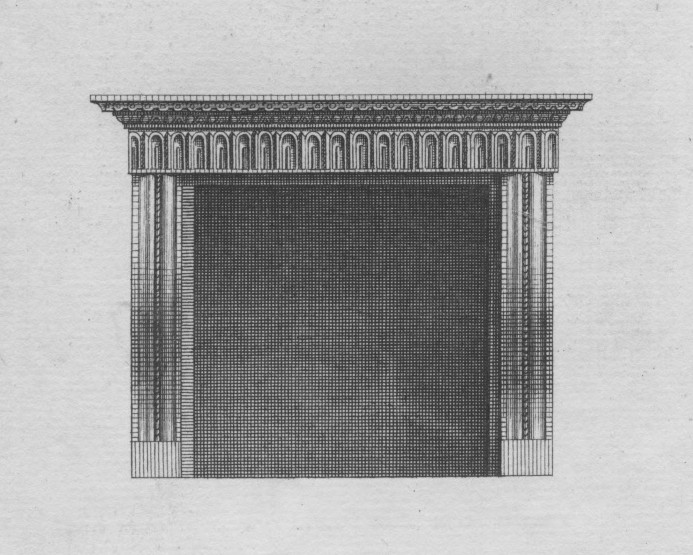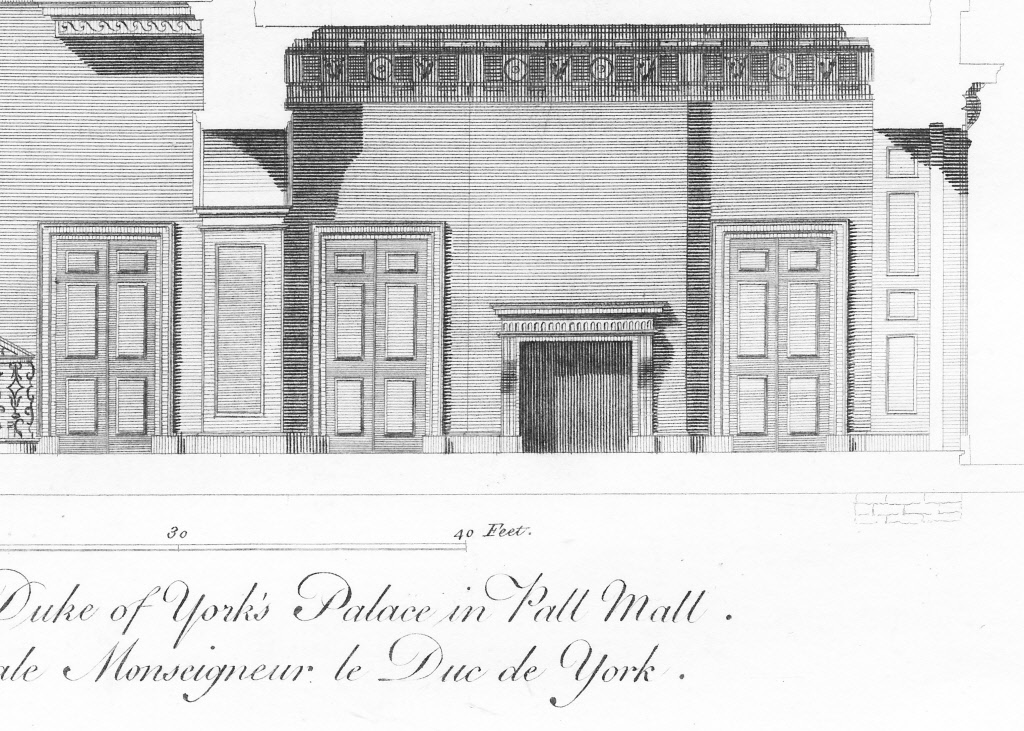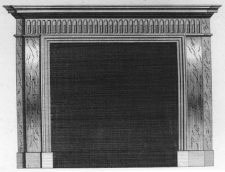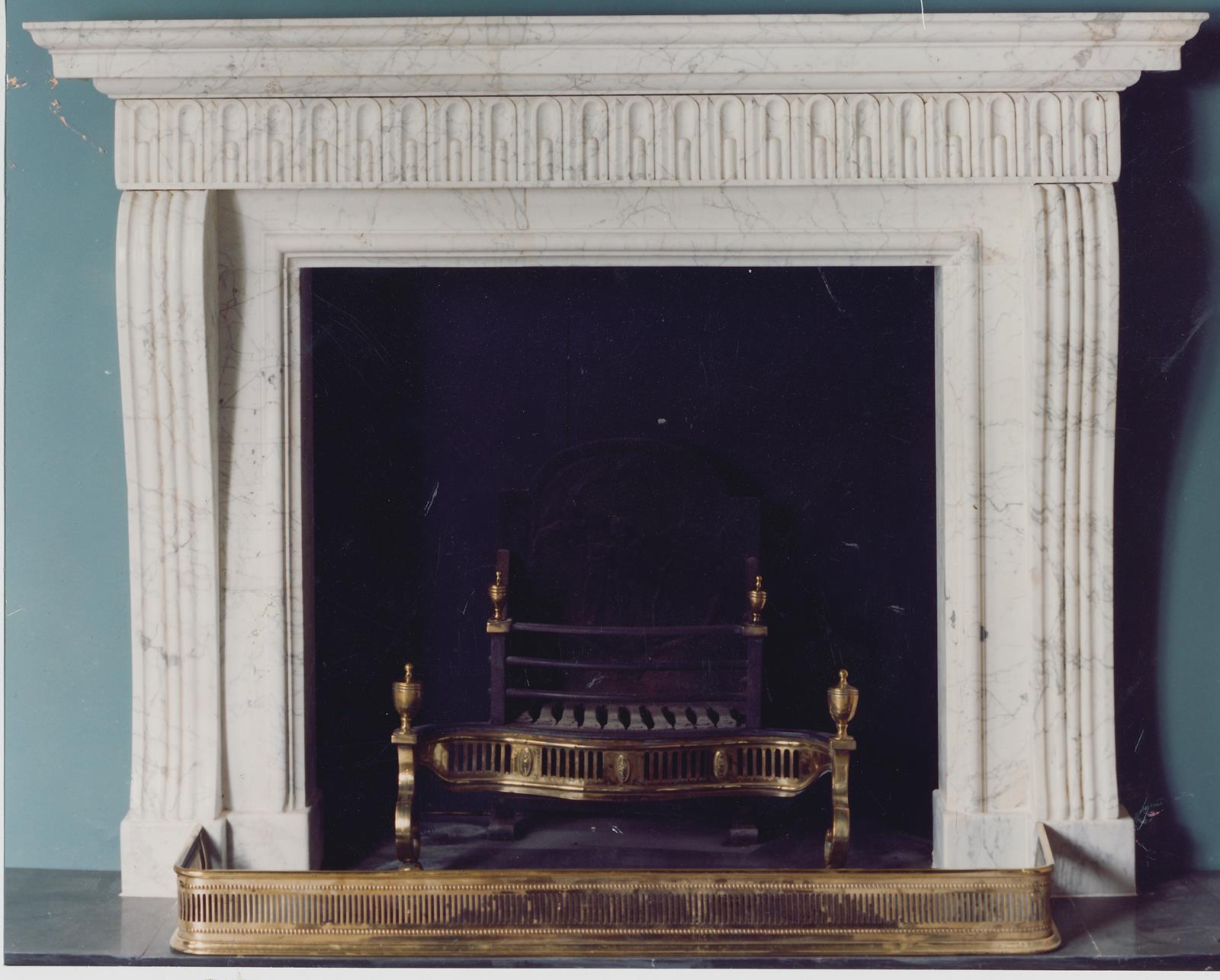
Research is crucial to our restoration

Research improves our restoration work
Sensitive & subtle restoration & repair
Understanding how Georgian craftsmen produced Chimney-pieces and what techniques they used helps us approach our restoration work sensitively.
Learn more about our restoration.Accurate & intelligent re-installation
The Georgian’s mastered Chimney-piece installation. Having a thorough understanding of their approach means our re-installation process benefits from 200 years of learning.
Learn more about the way we install.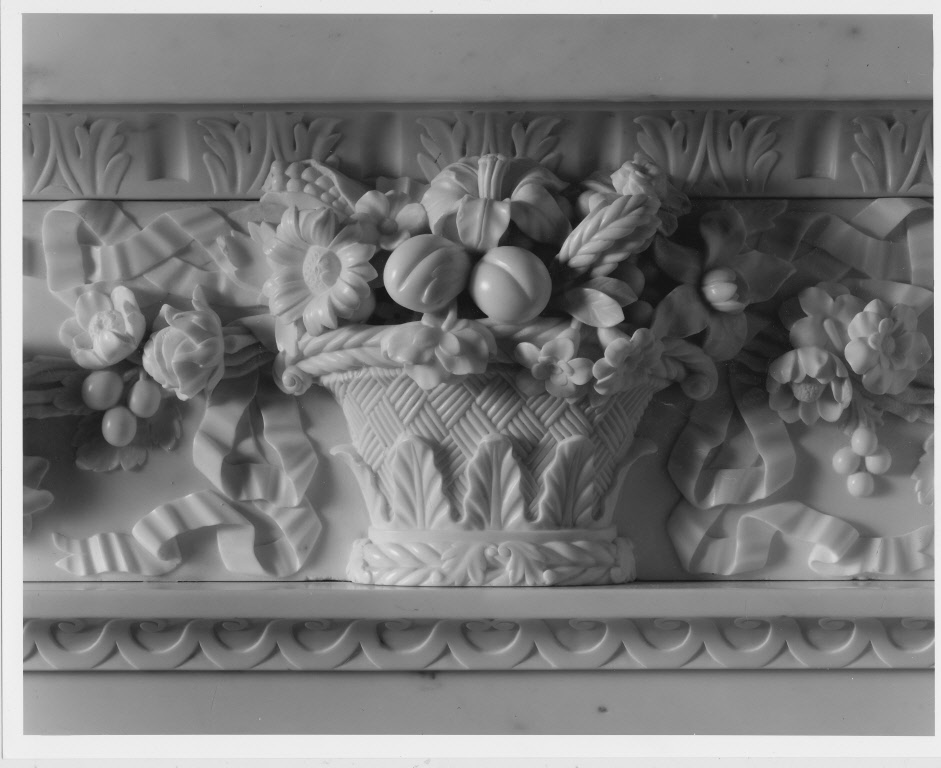
Research informs our consultancy work
Producing historical reports
We can provide historical reports on the origins of chimney-pieces.
We are often able to locate and provide additional detail on the sculptural workshops responsible for the production of Chimney-pieces, along with any related models.
Such research can also provide insights into the architect or surveyor who was involved with the original design or trace back the inspiration for the design or sculptural sources.
Two example reports can be found below.
Identifying the age of Chimney-pieces & copies masquerading as originals
Understanding how, during the 18th century, marble and stone were cut and worked helps us understand the age of pieces.
For example, the way in which different individual elements in a Chimney-piece are joined together provides clues about the age and school of work of the craftsman who made the piece. When the underlying structure is understood, modern copies are strikingly obvious.
There has been a mass of such copies produced in the Georgian style in the 20th and 21st century and we are happy to provide considered opinions on the actual age of Chimney-pieces.
Supporting planning applications
We are happy to advise clients on the types of Chimney-pieces that would have been likely to have been found within historic 18th-century buildings.
We have established a good reputation for honest, precise, and specific advice for presentation to conservation officers for planning applications.
Advising on, or sourcing, period replacements
We also advise on suitable period replacements for listed buildings, both antique and historically correct modern copies.
Case study
Study of a William Kent Chimney-piece
An example of the formation and refinement of Chimney-piece design can be seen in the illustrations below.
The first image shows a design published by Isaac Ware in his 1731 ‘Designs of Inigo Jones’. Ware says ‘William Kent’ was the designer and suggests that the design may have been first made for Richmond. Like many Palladian architects, Kent looked back to classical prototypes for the inspiration for his designs; for example, in this instance one of Sebastiano Serlio’s composite Chimney-pieces was the source (as published in Serlio’s ‘Five Books of Architecture’).
The frieze and truss ornament forming the jambs are very closely related to Serlio’s design, but Kent has excluded the ‘continued’ ornaments above, perhaps because this style was in the old style of the first two decades of the 18th Century. Kent’s ‘Serlian’ design was incorporated into the ground-floor-hall beneath the Gallery at Holkham Hall and another within the Horse Guards, Whitehall.
The design was still popular in the latter part of the 18th Century as exemplified by the design published by Milton, Crunden, and Columbani in ‘The Chimney-piece Makers Daily Assistant’ in 1769. Other Georgian architects also incorporated the Chimney-piece design into other buildings including:
- James Paine at Brocket Hall,
- Isaac Ware at Leinster House,
- Mathew Brettingham within York House (image 3),
- Sir Robert Taylor within a number of London townhouses,
- Along with other examples at Shaw House and Wentworth Castle.
An example of another model carved from veined Carrara marble and dating to the late 1750s is shown in the last image.
